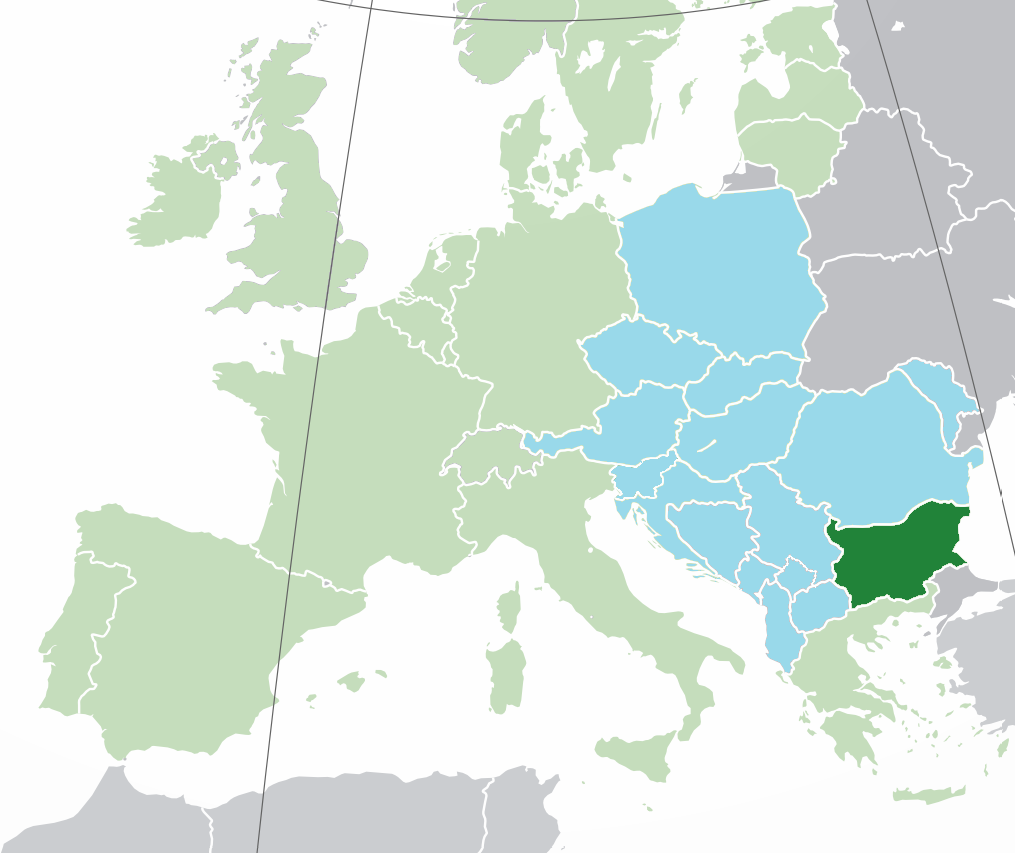Bulgaria

Bulgaria participates with two groups located at (click on the group for further information):
Institute of Physical Chemistry, Bulgarian Academy of Sciences, Sofia
University of Chemical Technology and Metallurgy, Sofia
The Institute of Physical Chemistry, Bulgarian Academy of Sciences, being located in Sofia,
Bulgaria, hosts two groups that are working on aqueous systems:
A significant part of the research of the Department of Colloids and Surfaces is focused on
studying the properties and stability of nanoparticles, nanoemulsions and nanocomposites. Over the last more than 20 years, the team has been working on many interdisciplinary projects and has proven expertise in the development and characterization of colloid/polymer complexes suitable for encapsulation and targeted delivery of bioactive substances (drugs, vitamins, carbon nanomaterials) by incorporating additional targeting ligands. To study the toxicity of the nanostructures, model studies of their interactions with liposomes, as a model of a biological membrane, have been carried out. Polysaccharides are a major component in the developed composite nanostructures.
Research interests of Molecular Dynamics simulation group are focused on the problems of the structure and properties of biological and soft matter (polymers, membranes, gels, etc.), determined by their topological characteristics. The interrelationship between topology, structure and properties is crucial for improving the control over biologically important molecules for medicine or for the synthesis of high-tech new materials such as nanocomposites, etc. Especially interest is given to the transport phenomena of drugs through nano-capsules depend on their phase transformations under the influence of the limited volume or spherical surface of the corresponding container and the vesicule translocation phenomena through narrow slits or pores.
In the Department of Physical Chemistry of University of Chemical Technology and Metallurgy, Sofia, Bulgaria, systematic studies are conducted on the influence of the nature and concentration of the forming electrolytes on the structure and properties of the formed anodic oxide films. As a result, electrolytes are selected that ensure the formation of different types of Al2O3 oxide films with reproducible characteristics.
Aluminum and its alloys, due to their unique properties, are strategic materials in modern industry. They are applied both in mass production and in high-tech technologies, providing various products with different applications. Under operational conditions, products made from these materials are subject to corrosion. One of the most effective methods for their protection is the formation of oxide films through anodic polarization in suitable water electrolytes. As a result of this polarization, aluminum anodic oxide (AAO) layers are formed on the surface of aluminum products. Depending on the nature of the electrolyte used, two main types of Al2O3 films are formed (barrier and porous). The morphological characteristics of the formed AAO layers depend entirely on the nature and concentration of the used electrolyte. In this sense, the primary parameter that determines the formation of different types and characteristics of aluminum anodic oxide (AAO) layers on aluminum and its alloys is the electrolyte used.
